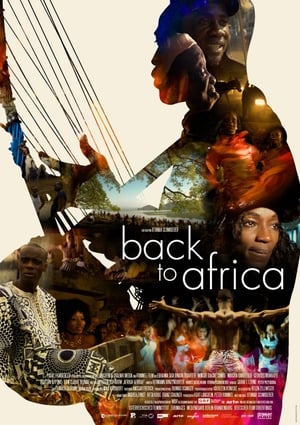
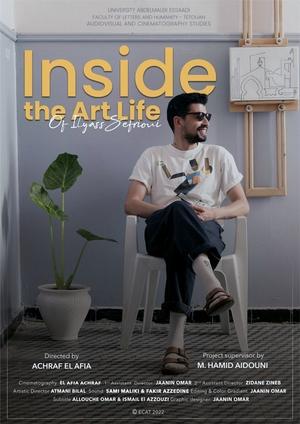
Inside the art life of Ilyass Sefrioui(2022)
The film is set in Tangier, a city in northern Morocco known for its rich cultural heritage and vibrant artistic scene. It features Iliass, a young interdisciplinary artist who skillfully merges four distinct art forms—blurring the lines between tradition and modernity—to create a singular, innovative expression. Through Iliass's journey, the film explores the dynamic interplay of identity, creativity, and the transformative power of art, set against the backdrop of Tangier’s unique blend of Mediterranean and Moroccan influences.
Movie: Inside the art life of Ilyass Sefrioui
Similar Movies
 5.8
5.8Room 999(fr)
In 1982, Wim Wenders asked 16 of his fellow directors to speak on the future of cinema, resulting in the film Room 666. Now, 40 years later, in Cannes, director Lubna Playoust asks Wim Wenders himself and a new generation of filmmakers (James Gray, Rebecca Zlotowski, Claire Denis, Olivier Assayas, Nadav Lapid, Asghar Farhadi, Alice Rohrwacher and more) the same question: “is cinema a language about to get lost, an art about to die?”
 7.0
7.0Daidō Moriyama: Stray Dog of Tokyo(ja)
A documentary that follows the life of photographer Daido Moriyama in the present, which has never been revealed before. Even though his charismatic presence has reigned over the world of photography since the late 60’s, his true persona had been hidden behind a veil of mystery, since he had refused any major appearances in front of any media in the past. Follow the charismatic photographer Daido Moriyama as he takes his first digital photos and observe his style of quick snapshots without looking in the finder. His stark and contrasting black and white images symbolize his fervent lifestyle.
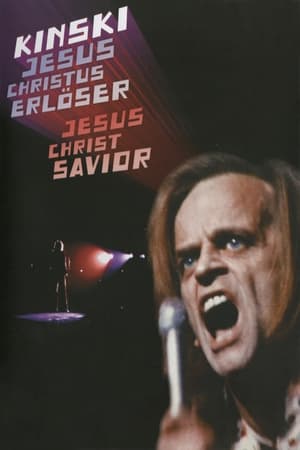 7.1
7.1Jesus Christ Saviour(de)
Klaus Kinski has perhaps the most ferocious reputation of all screen actors: his volatility was documented to electrifying effect in Werner Herzog’s 1999 portrait My Best Fiend. This documentary provides further fascinating insight into the talent and the tantrums of the great man. Beset by hecklers, Kinski tries to deliver an epic monologue about the life of Christ (with whom he perhaps identifies a little too closely). The performance becomes a stand-off, as Kinski fights for control of the crowd and alters the words to bait his tormentors. Indispensable for Kinski fans, and a riveting introduction for newcomers, this is a unique document, which Variety called ‘a time capsule of societal ideals and personal demons.’
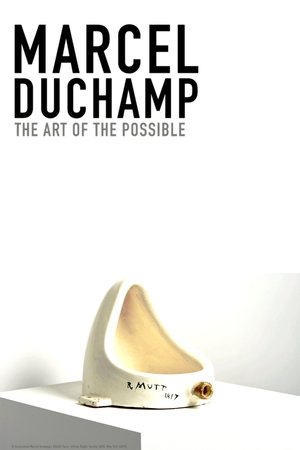 6.0
6.0Marcel Duchamp: The Art of the Possible(en)
A remarkable walk through the life and work of the French artist Marcel Duchamp (1887-1968), one of the most important creators of the 20th century, revolutionary of arts, aesthetics and pop culture.
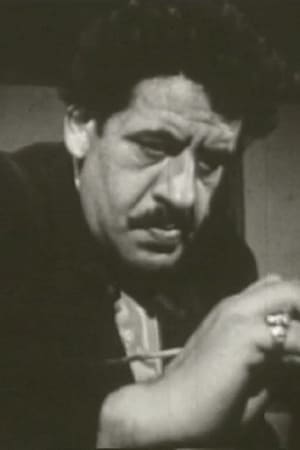 5.0
5.0Visite à Oscar Dominguez(en)
This is the legendary meeting between a young filmmaker and one of the masters of surrealism: the spanish painter Óscar Domínguez, born in La Laguna, Tenerife, in 1906, died in Paris in 1957. In the "Visite," the artist -admirer of Picasso, rebellious disciple of Breton- is presented in solitude, far from the tumult of the exhibitions and parisian circles. An austere approach, almost “povera”, with no audio, nor flashy camera movements, but rarely attractive. Why Resnais could not finish his movie? Hope one of our experts help us to solve the mystery.
King Pleasure(en)
Upcoming documentary about artist Jean-Michel Basquiat. The estate of the legendary artist is on board the project and has granted full access to archival material and original works of art, allowing it to be a mash-up of never-before-seen home movies, notebooks, photographs, animation, and interviews.
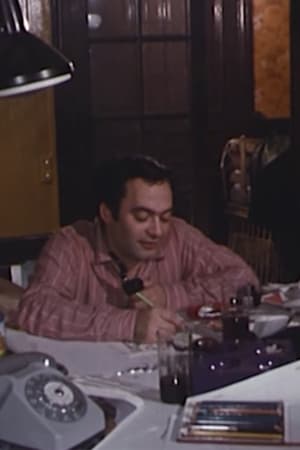 0.0
0.0Italiques: Roland Topor(fr)
Roger Boussinot directed this episode of the French television show Italiques, which features an overview of the art and career of Fantastic Planet illustrator Roland Topor. It aired on August 8, 1974.
Brush with Life: The Art of Being Edward Biberman(en)
This documentary brings alive a remarkable artist’s passionate journey through a turbulent century. Both epic and surprisingly intimate, the film presents a classic American immigrant saga, an inspiring search for artistic independence, and a great romance. Along the way, Biberman's growing commitment to social justice and struggle against McCarthy-era repression (his brother, director Herbert Biberman, went to prison as one of The Hollywood Ten) combine with his efforts to create both a loving family life and a groundbreaking body of work. With its grand scope, rich personalities, and vast array of breathtaking artwork, Brush With Life connects us in a deeply personal way to a brilliant artist who lived by the same high standards he set for his paintings.
Dae Soo: Life Is Just a Laugh(ko)
“I laugh out of life’s void” Korea’s very first hippie, Han Dae Soo, bursts out a laughter. Some musicians talk about love or hope, Han Dae Soo’s music roots in pain. His songs are about freedom even in the most oppressive circumstances. He prepares to release his last album in 2020. A master’s recording session is full of improvisation and energy. As a man of over 70 years old, his voice has gotten deeper and stronger with age. His is a husband and a father and a human dwelling upon the possibility of death approaching. As a youngster he exerted sharp criticism towards society, but on his last album it leans more towards reflection and regret rather than anger. Han Dae Soo tells us his last story strolling through the streets of Manhattan and Namdaemun. The aged hippie’s laughter still resonates with joy.
 0.0
0.0Christo: Works in Progress(en)
“Christo: Works in Progress” takes us around the world on a showcase of the artist’s grand environmental installations. With both critique and praise from members of the communities that have hosted Christo and his works, the film takes a deep look into the process and outcome of pieces such as Wrapped Coast, Running Fence, and Wrapped Walkways. While discussing his inspirations and motives, Christo states, “The work of art is not the fabric, steel poles and cable, the work of art is the hills and the ocean, the sky, the gates, the rocks, the people, the light- this is the work of art.” (Christo Vladimirov Javacheff) Though his work may appear to be visually distracting from the landscapes he creates in, Christo’s aim is to bring attention to the land itself and encourage people to take note of their surroundings.
Tina, Photographer And Revolutionary(fr)
Tina, Photographer and Revolutionary is a documentary that blends animation and live action to chronicle the life of Tina Modotti, a pioneering photographer and committed activist. The film delves into her artistic journey and political passions, revealing a woman whose legacy continues to inspire.
Aan ons den arbeid(en)
Documentary that shows the changing attitude towards immigrant labor in The Netherlands. The documentary follows three immigrants that arrived in Holland 30 years ago to work in a bakery.
 0.0
0.0Pierre Bonnard: A Love Exposed(en)
The tender and tragic love story of French painter Pierre Bonnard and his wife and lifelong model Marthe. The artist recorded their relationship on canvas and, 50 years after his death, these paintings have established him as one of the masters of colour and light.
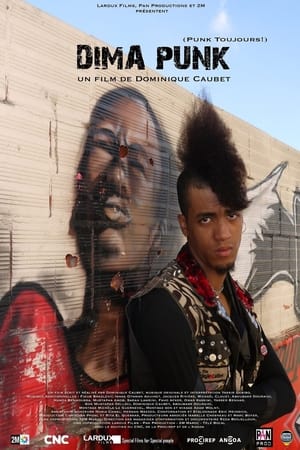 0.0
0.0Dima Punk(ar)
Once a Punk, always a Punk? This is the story of Stof whom we followed for 8 years through the popular districts of Casablanca. He pays his independence at a high price when he finds himself arrested.
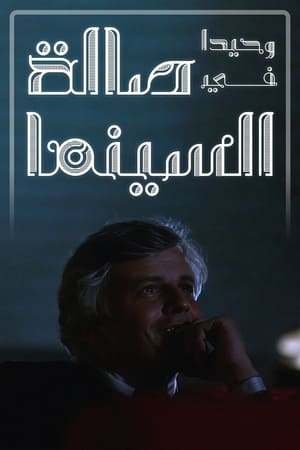 8.5
8.5Alone In Movie Theater(ar)
This documentary was written with passion and love for cinema, and on the other hand, he blamed her. Our fictional character for this documentary talks about her passion for cinema and how it affected her life and recounts the decades that passed on the cinema one after the other.
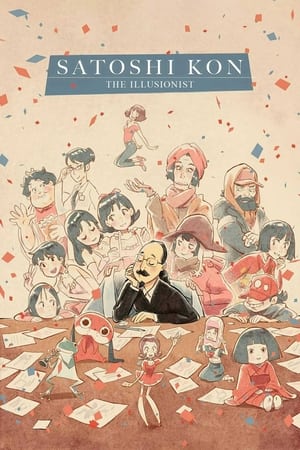 6.7
6.7Satoshi Kon: The Illusionist(fr)
A subtle portrait of Japanese director Satoshi Kon by the specialist of Japanese cinema Pascal-Alex Vincent and a dive into a rich work. With interviews of the greatest Japanese, French and American directors inspired by his work.
 0.0
0.0Malevich(uk)
A story about the life and work of the twentieth century artist Kazimir Malevich and his influence on world culture.
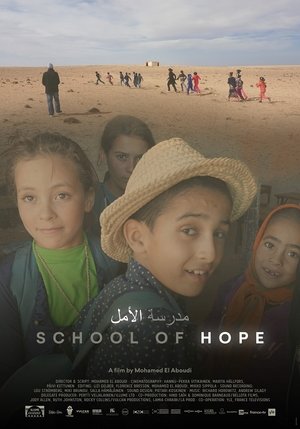 6.0
6.0School of Hope(ar)
In the vast expanse of desert East of Atlas Mountains in Morocco, seasonal rain and snow once supported livestock, but now the drought seems to never end. Hardly a blade of grass can be seen, and families travel miles on foot to get water from a muddy hole in the ground. Yet the children willingly ride donkeys and bicycles or walk for miles across rocks to a "school of hope" built of clay. Following both the students and the teachers in the Oulad Boukais Tribe's community school for over three years, SCHOOL OF HOPE shows students Mohamed, Miloud, Fatima, and their classmates, responding with childish glee to the school's altruistic young teacher, Mohamed. Each child faces individual obstacles - supporting their aging parents; avoiding restrictions from relatives based on traditional gender roles - while their young teacher makes do in a house with no electricity or water.
 6.0
6.0Eye of the Storm(en)
The film tells the story of James Morrison’s early years, painting the tenements of Glasgow, through to his dramatic encounter with a polar bear while painting melting icebergs in North West Greenland. As the artist struggles with imposing blindness, the film follows James, as he prepares for what turned out to be his last ever public exhibition at the Scottish Gallery in Edinburgh in January 2020.
